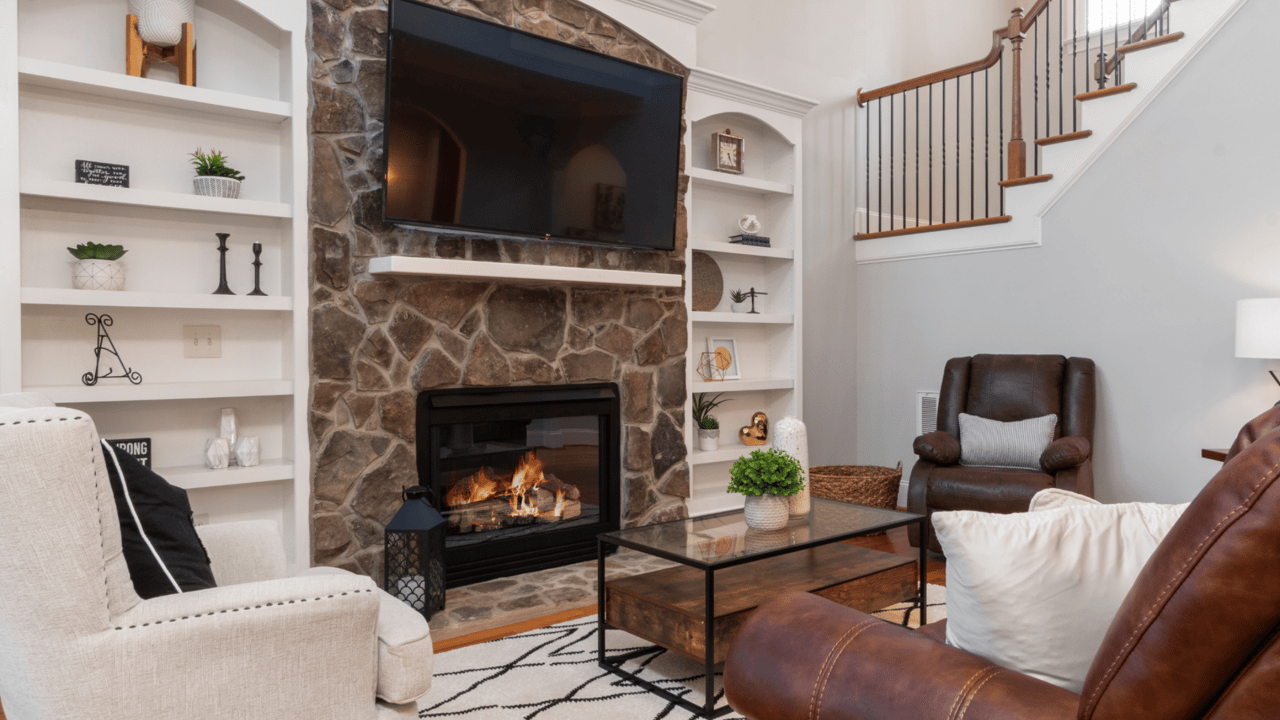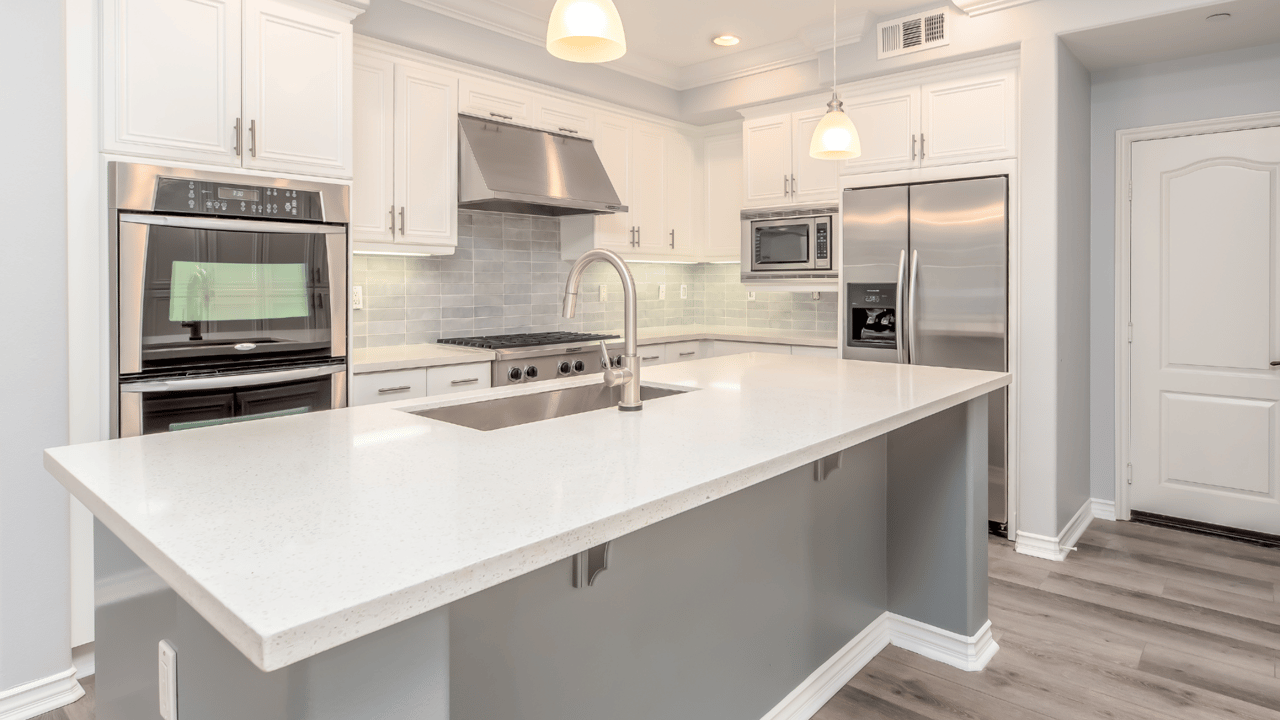Buying a home is one of the biggest investments you’ll make in your lifetime. Whether you’re purchasing your first home, upgrading to a bigger space, or adding to your investment portfolio, it’s easy to get caught up in the excitement of a property that looks perfect on the surface. But remember—appearances can be deceiving.
A smart buyer knows how to look beyond the fresh paint, staged furniture, and curb appeal to uncover potential issues that could cost thousands down the road. Here’s your guide to spotting red flags during a property viewing.
1. Structural Issues
What to look for:
• Large cracks in walls or ceilings
• Sloping or uneven floors
• Doors or windows that don’t close properly
Why it matters: Structural problems can be extremely expensive to fix and may indicate foundation issues.
Tip: If you notice multiple cracks or uneven floors, request a professional structural inspection before making any commitments.
2. Signs of Water Damage
What to look for:
• Stains on ceilings or walls
• Musty smells
• Warped or soft spots in floors
Why it matters: Water damage can lead to mold growth, which can be harmful to your health and your wallet.
Tip: Always check under sinks, in basements, and around windows for moisture or leaks.
3. Poor Maintenance
What to look for:
• Overgrown landscaping
• Peeling paint or broken fixtures
• Dirty HVAC filters or neglected appliances
Why it matters: A poorly maintained property may indicate the owner has neglected other critical repairs you can’t see right away.
Tip: A home that hasn’t been well cared for could mean higher costs for you after purchase.
4. Strange Smells
What to look for:
• Strong air fresheners or candles everywhere
• Persistent odors of mildew, pets, or smoke
Why it matters: Overpowering scents could be an attempt to mask mold, water damage, or other long-term issues.
Tip: Don’t be afraid to ask what’s causing an odor—and check behind furniture or under rugs for hidden damage.
5. Electrical Concerns
What to look for:
• Flickering lights
• Outdated wiring (knob-and-tube, aluminum)
• Overloaded extension cords
Why it matters: Faulty electrical systems are not only expensive to fix but also pose serious safety hazards.
Tip: If you see outdated electrical components, have a licensed electrician inspect the property before moving forward.
6. Neighborhood Red Flags
What to look for:
• Multiple “For Sale” signs on the same street
• Excessive noise from nearby businesses or traffic
• Poorly maintained neighboring properties
Why it matters: Location impacts property value, resale potential, and quality of life.
Tip: Visit the neighborhood at different times of day to get a true feel for the area.
Spotting red flags doesn’t mean you should automatically walk away from a property—but it should make you proceed with caution. The key is to identify potential problems early so you can make an informed decision and negotiate repairs or a better price.
Ready to Buy Smart?
Don’t go into your next property viewing unprepared. Let our team guide you through every step, ensuring you spot hidden issues before they become expensive problems.
📞 Call us today at (843) 790-4522
🌐 Visit us at www.lowcountrycharmed.com
✉ Email: [email protected]



